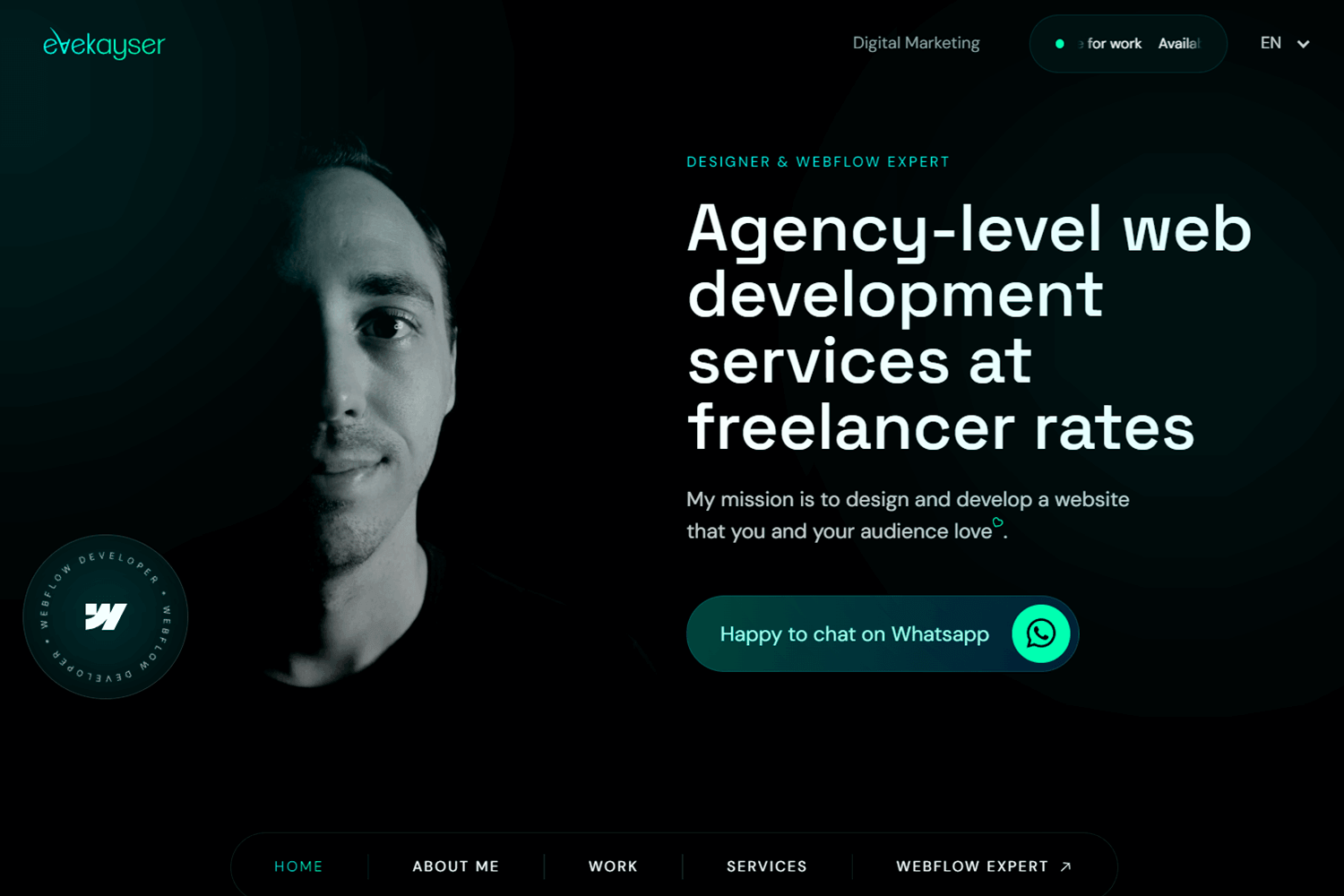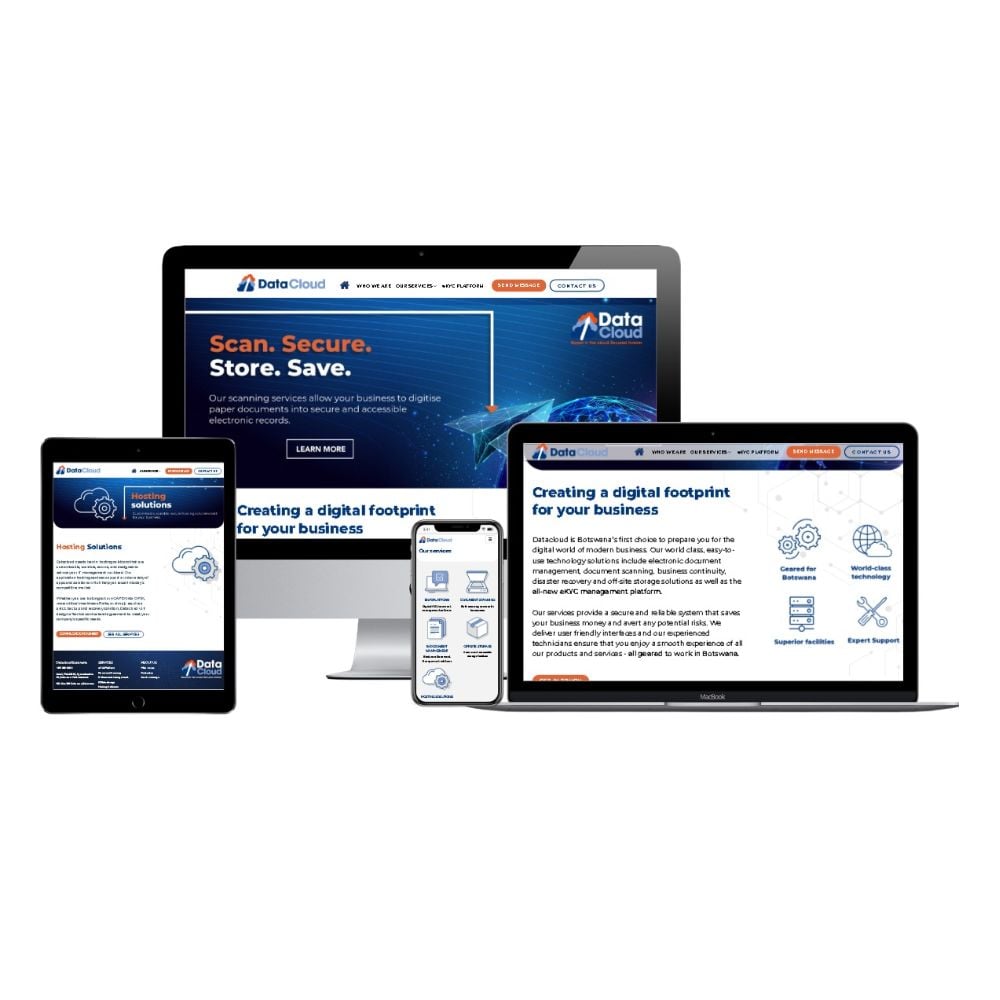Necessary Tips for Crafting a Sensational Website Design That Captivates Individuals
Necessary Tips for Crafting a Sensational Website Design That Captivates Individuals
Blog Article
Secret Approaches for Applying User-Centric Web Site Layout to Boost Interaction
When considering the application of user-centric site layout, certain approaches contribute in enhancing engagement. Comprehensive research study right into user requirements and choices forms the foundation, directing the production of user personalities to notify layout selections. Intuitive navigation and responsive interfaces are important, making certain ease of access across all devices. Customizing material enhances user complete satisfaction, and robust ease of access functions broaden reach. These techniques collectively promote an even more significant online experience. However exactly how do these aspects integrated efficiently, and what useful steps can be required to guarantee their successful integration?
Recognizing User Demands
Understanding individual requirements is a basic action in the procedure of user-centric website design. Methods such as surveys, meetings, and individual screening can supply beneficial qualitative and measurable information about how users communicate with the web site.
Assessing this information permits developers to develop thorough customer personalities that represent the different segments of the target audience. These personas help inform design choices by highlighting certain user objectives and difficulties, directing the advancement of functions that attend to these requirements properly. Moreover, recognizing the context in which individuals operate-- such as their atmosphere, gadget preferences, and time restrictions-- can better fine-tune the layout strategy.
Empathy plays a vital function in this process, making it possible for developers to see the site from the user's viewpoint. By focusing on user demands, the style process comes to be a lot more focused, preventing the inclusion of unneeded components that can clutter the user experience. Eventually, a deep understanding of customer requirements contributes in crafting a site that is both functional and meaningful.
Designing User-friendly Navigating
Having actually developed a thorough understanding of customer requirements, the next action in user-centric site design involves developing intuitive navigation. Reliable navigating is fundamental to user fulfillment, affecting exactly how quickly users can locate information and total jobs. To accomplish instinctive navigating, developers should focus on simpleness and quality, making sure that the navigation structure is logical and consistent throughout the website.
Organizing content right into a clear power structure is essential. Website Design. Making use of familiar labels and symbols can direct users effortlessly, reducing cognitive load and boosting the general customer experience. A properly designed navigating bar must be prominently positioned, allowing individuals to determine their present place and conveniently check out various other areas of the web site
It is also crucial to incorporate interactive components such as breadcrumbs and search capabilities to assist individuals in browsing complex websites. These attributes give additional paths and boost the access of material, dealing with various individual choices and actions.
Evaluating navigating with actual customers is vital to recognize possible discomfort factors and ensure performance lines up with individual expectations. Normal responses loopholes and repetitive renovations can aid preserve an effective navigating system that adjusts to evolving individual requirements, eventually boosting interaction and fulfillment.
Creating Responsive User Interfaces
Usually, producing receptive user interfaces is a critical element of modern-day website design, making sure that internet sites are useful and available across a plethora of tools and screen dimensions (Website Design). This adaptability is vital in a landscape where individuals access web content using smart devices, tablets, laptops, and desktop computers, each with varying alignments and resolutions. The key goal of responsive design is to boost customer experience by keeping optimal readability and usability, no matter the gadget utilized
To attain this, internet designers employ adaptable grid formats, fluid images, and CSS media inquiries. Versatile grids enable internet site elements to resize proportionally, while fluid images guarantee visuals scale suitably without losing quality. Media inquiries play a crucial duty by using various designs based on the gadget's qualities, such as alignment, elevation, and width, therefore customizing the format to the customer's display.
Furthermore, receptive user interfaces add to boosted search engine optimization (SEARCH ENGINE OPTIMIZATION) by supplying a smooth customer experience, which in turn can reduce bounce prices and boost site engagement. In recap, taking on responsive design is not just a technological consideration but a necessary method for fostering a user-centric internet atmosphere that meets the needs of a varied audience.

Personalizing Material Experience
Individualizing material experience is a critical component of user-centric website layout that entails customizing material to meet the distinct preferences and actions of private users. This method not only boosts customer fulfillment yet likewise promotes deeper involvement, as site visitors are most likely to connect with web content that reverberates with their demands and passions. By leveraging data analytics and user comments, organizations can determine patterns and patterns that educate the modification of internet material.
Integrating personalization approaches can range from easy changes, such as suggesting products based on browsing history, to more innovative techniques like vibrant content that adjusts in real-time to a user's communications. Customized touchdown web pages can considerably raise conversion rates by supplying users with appropriate info and offers that line up with their previous tasks and choices.
Furthermore, making use of synthetic knowledge and equipment knowing can additionally improve content customization by continually learning from individual actions and adapting to emerging patterns. This not just boosts the individual's trip however also develops brand name commitment, as customers feel understood and valued. Eventually, individualizing the content experience is a necessary strategy for companies aiming to produce a pop over to this site much more interesting and purposeful communication with their target market.
Enhancing Accessibility Features
Enhancing ease of access functions is an essential element of user-centric web site style, making sure that electronic material is functional by every person, consisting of people with specials needs. This strategy not just adheres to legal standards such as the Americans with Disabilities Act (ADA) and the Web Web Content Accessibility Standards (WCAG) but additionally dramatically widens an internet site's target market reach. By incorporating features like keyboard navigating, screen reader compatibility, and different message for pictures, his explanation websites come to be a lot more inclusive, offering a smooth experience for customers with visual, acoustic, or electric motor problems.
Including receptive style components is important, helping with gain access to on numerous devices and screen dimensions, thus accommodating customers with different choices and requirements. Contrast proportions and text dimension adjustments can improve readability for individuals with visual challenges. Giving succinct and clear material framework, such as checklists and headings, aids understanding and navigation, especially for users with cognitive specials needs.
Regular availability audits should be carried out to identify and correct possible barriers, guaranteeing ongoing compliance and functionality. By focusing on accessibility, services not just foster inclusivity but likewise boost overall individual engagement and fulfillment, ultimately driving greater conversion prices my response and reinforcing brand commitment.

Final Thought
Incorporating user-centric layout methods significantly improves website interaction by focusing on the requirements and choices of users. Complete research assists in the production of user characters, guiding targeted style choices. Intuitive navigation and receptive user interfaces improve functionality and access across gadgets. Individualizing web content based on individual behavior increases fulfillment, while durable accessibility attributes increase audience reach. Collectively, these techniques produce a purposeful on-line experience, fostering deeper interaction and communication with the web site.
Thorough research study into customer demands and choices forms the foundation, directing the development of individual personalities to inform design options. Techniques such as surveys, interviews, and customer screening can give valuable qualitative and quantitative data concerning how users communicate with the internet site.
By prioritizing user requirements, the layout procedure ends up being much more focused, avoiding the incorporation of unnecessary components that might mess the individual experience. Reliable navigating is essential to customer contentment, affecting how quickly users can locate details and total jobs. The usage of familiar labels and icons can assist individuals effortlessly, lowering cognitive lots and boosting the total customer experience.
Report this page